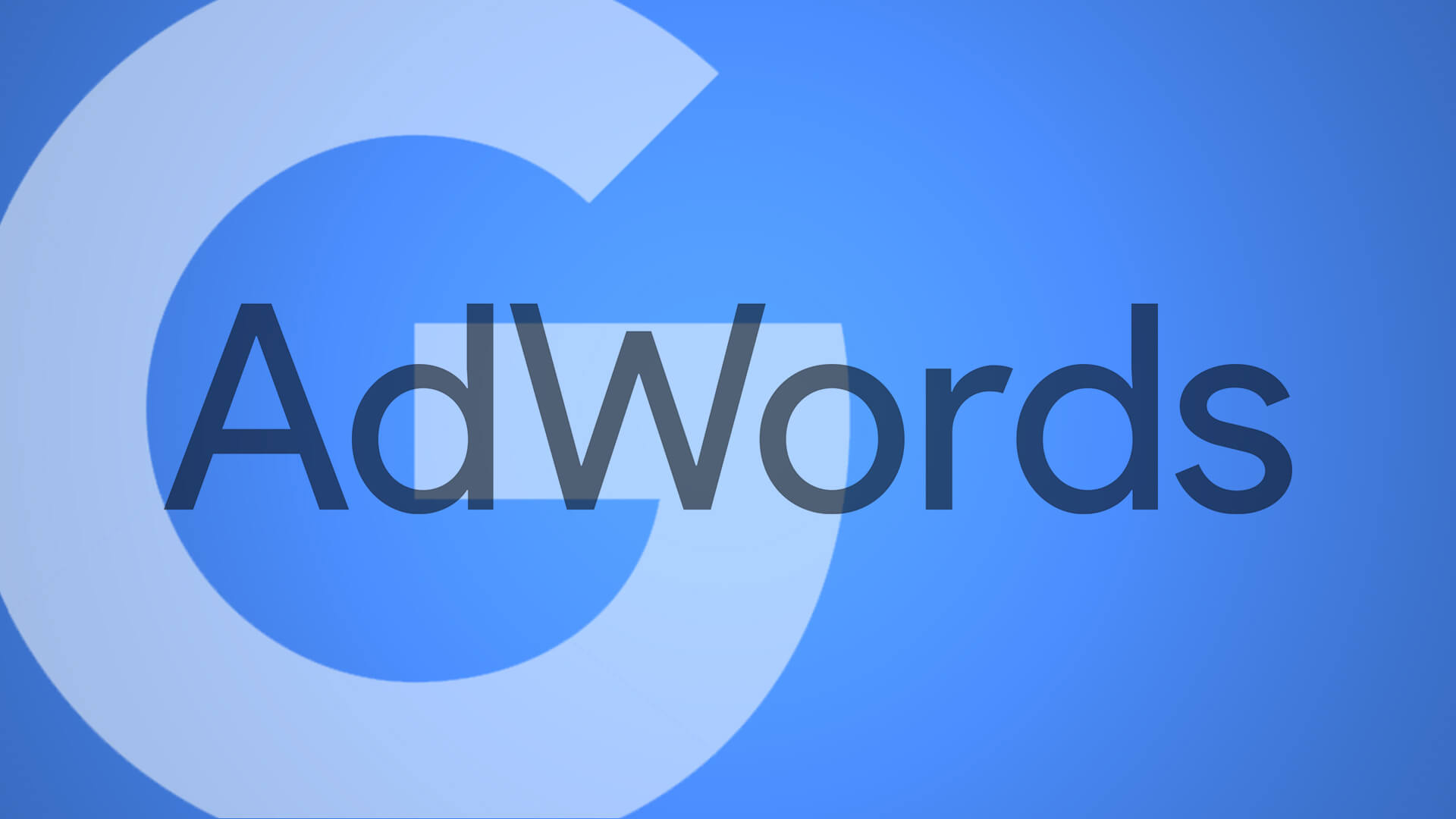
The wonderful thing about AdWords is that we all have our favorite ways to utilize it. We PPC practitioners each have our favorite reports and features, and we all have our own personal preferences for how we like to build and manage our campaigns.
Unfortunately, this means we’re prone to getting stuck in our ways, often neglecting to explore features, reports and methods that we’re not familiar with.
These will differ from person to person, of course, but below, I’ll discuss three AdWords features you are very likely not paying enough attention to — and explain why you should be.
Ad variations
A few months ago, Google announced the rollout of ad variations in the new AdWords experience. This feature allows you to test ad variations across your text ads at scale; you can now easily test changes to your headlines, descriptions or display paths, and Google will share the results of your test once the results are statistically significant.
This new feature seems simple enough, but the amount of time it saves shouldn’t be overlooked. If you’re managing a larger account, keeping up with continuously testing ad copy becomes a challenge, but AdWords has decided to throw us a bone and simplify the entire process.
With this change, there is no excuse for not developing a consistent string of ad variation tests. (There really wasn’t before, either — it’s important, people!)
Organizations that are lagging behind in search need to utilize ad variations to find quick wins when it comes to increasing ad relevance and CTR.
If you’ve endlessly tested tweaks to your ad copy in hopes of achieving a performance boost, you may feel that there’s no point in continuing extensive testing. But, per Google’s announcement, “some advertisers have set up variations for more than 1 million ads in less than a minute.” That’s a small amount of time to spend on ad testing that could potentially have a real impact on the bottom line.
Gmail ads
We, as advertisers, can be hesitant to test out new placements and channels — and that’s perfectly reasonable. Gmail ads require navigating to the Promotions tab, and that is another reason adoption is slow. But the news that Google is now allowing retargeting (and dynamic retargeting) in Gmail ads means you can no longer afford to completely ignore this placement opportunity.
If your business relies on multiple touch points to create sales or leads, retargeting is essential — and placement bias needs to become a thing of the past.
Gmail ads can be attractive and engaging, and when coupled with a broad and intelligent retargeting campaign (that ties in nicely to your email workflow), you can really create an unforgettable experience for users. Seriously, they won’t be able to forget your brand because you’ll be everywhere.
I’ve had my own problems with Gmail ads in the past, as they have often been anything but intuitive to set up. But Google is showing a renewed focus on expanding the capabilities of advertisers to utilize Gmail, and this is something we should take notice of as marketers. Users in email have an entirely different context than on social media or other channels, and Gmail ads do not have an invasive feel, especially since the experience is limited to only one ad in Gmail per instance.
Experiments
By this point, I’d like to imagine that the vast majority of advertisers working in AdWords have at least tried creating and running one experiment — but can we really be happy with just running one experiment?
Experiments are run for one specific purpose, and as such, they can often be wrapped up quickly. But there is always something to test. This is something that should have been hammered into us search marketers by now. If you can consistently have one experiment running (and not just one experiment that runs endlessly — don’t be that person!), you’re taking a step that should only improve performance.

AdWords campaign experiments were given to us as a way to take more control over the fundamentals of introducing new tactics and strategies. Controlling the budget mix (for example, starting at 80/20 when introducing a riskier tactical change) is just smart optimization and is something we should take advantage of constantly.
What should you do?
It’s never a bad idea to look over AdWords features that you haven’t utilized enough (or at all) and identify those that seem like the biggest areas of opportunity to introduce for your business or client. It’s time, now that 2018 is upon us, to give up on the comforting habits of 2017 (complaining about the new AdWords platform, for one) and embrace the changes and tools we are being given.
Contributing authors are invited to create content for Search Engine Land and are chosen for their expertise and contribution to the search community. Our contributors work under the oversight of the editorial staff and contributions are checked for quality and relevance to our readers. The opinions they express are their own.



